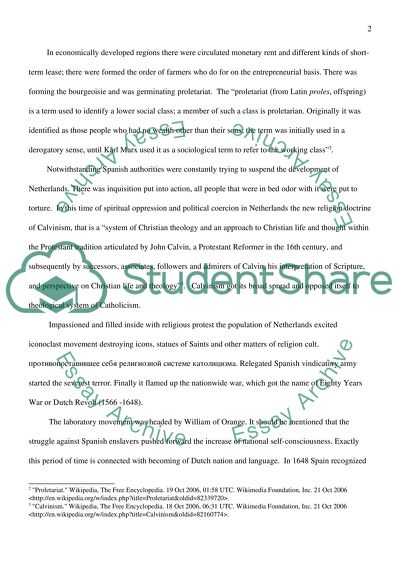Cite this document
(“Dutch Revolt Essay Example | Topics and Well Written Essays - 2500 words”, n.d.)
Retrieved from https://studentshare.org/miscellaneous/1499622-dutch-revolt
Retrieved from https://studentshare.org/miscellaneous/1499622-dutch-revolt
(Dutch Revolt Essay Example | Topics and Well Written Essays - 2500 Words)
https://studentshare.org/miscellaneous/1499622-dutch-revolt.
https://studentshare.org/miscellaneous/1499622-dutch-revolt.
“Dutch Revolt Essay Example | Topics and Well Written Essays - 2500 Words”, n.d. https://studentshare.org/miscellaneous/1499622-dutch-revolt.


